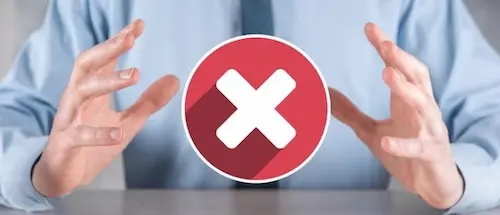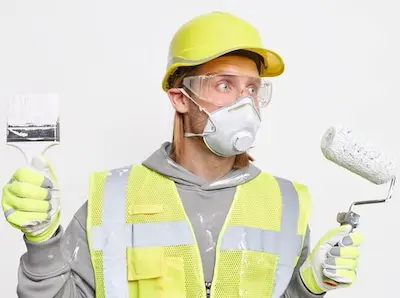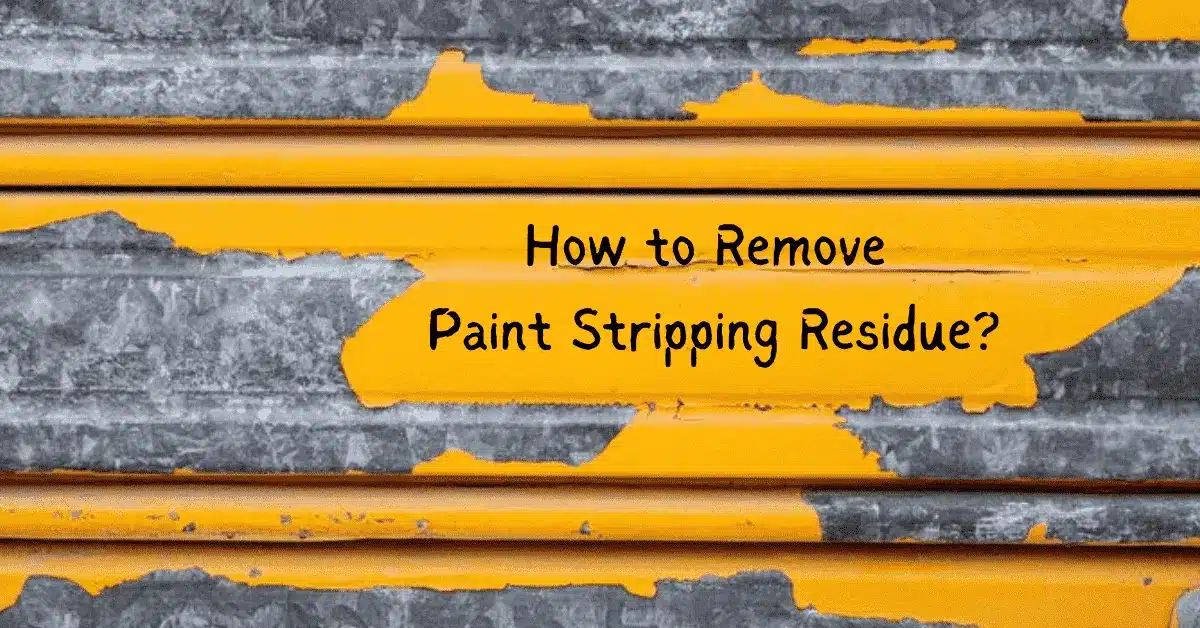Paint stripping residue can be a persistent challenge after removing paint from a surface. If overlooked, it can compromise the quality of the surface and any subsequent painting or refinishing efforts.
Understanding and effectively eliminating paint stripping residue is crucial to achieving a pristine surface. This comprehensive guide explores various methods and techniques on how to remove paint stripping residue successfully.
Table of Contents
Introduction
When paint is removed from a surface using chemical or mechanical methods, remnants often remain, forming what is known as paint stripping residue. This residue varies based on the type of paint, the stripping method employed, and the surface material. Proper removal of this residue is vital to prepare the surface adequately for further treatments.
Neglecting paint stripping residue can result in an uneven surface texture, affecting the adhesion and appearance of subsequent paint or finishes. Therefore, understanding how to remove paint stripping residue thoroughly is crucial to ensure a smooth and flawless surface.
Types of Paint Stripping Residue
Paint stripping residue manifests in two primary forms: chemical and physical residues.
Chemical residues linger due to incomplete rinsing or neutralization after stripping, potentially hindering the surface’s readiness for new coatings.
On the other hand, physical residues comprise particles or dust left behind, demanding precision in removal techniques to restore surfaces to their original state.
Residue from paint stripping can take on diverse forms influenced by multiple factors:
Paint Type
Different types of paint, such as oil-based, water-based, or specialty paints, can leave behind distinct residues. Oil-based paints tend to produce thicker and more stubborn residue compared to water-based ones.
Stripping Method
The method used for paint removal influences the type of residue left behind. Chemical paint strippers may dissolve paint differently than mechanical methods like sanding or scraping, resulting in varying residues.
Surface Material
The material of the surface being stripped also affects the residue. Wood, metal, concrete, and other surfaces may react differently to paint stripping methods, impacting the nature of the residue.
Methods for Removing Paint Stripping Residue
Exploring various effective methods offers flexibility in addressing different residue types, elucidating the optimal approach for how to remove paint stripping residue while considering its advantages and various aspects:
1. Chemical Solvents and Cleaners
Chemical solvents designed for residue removal can effectively dissolve and remove paint remnants. Always follow manufacturer instructions and ensure proper ventilation when using these products.
2. Mechanical Techniques
Mechanical methods involve physically removing the residue:
- Sanding: Sanding with appropriate grit sandpaper or sanding blocks can smooth out surfaces and eliminate residue. It’s crucial to use the right pressure to avoid damaging the surface.
- Scraping: Using paint scrapers or putty knives can help remove thicker residue layers. Care should be taken to avoid gouging or scratching the surface.
3. Eco-Friendly Alternatives
For environmentally conscious individuals, natural alternatives exist:
- Citrus-Based Solvents: These are eco-friendly and effective in dissolving some types of paint residue.
- Heat Guns or Steam: Applying heat using a heat gun or steam can soften the residue, making it easier to scrape off. This method is suitable for some surfaces but requires caution to prevent surface damage.
How to Remove Paint Stripping Residue: Step-by-Step Guide
For effective removal of paint stripping residue, follow these steps:
1. Prepare the Surface
Clean the surface thoroughly to remove loose debris and dirt. Shield the surrounding areas using drop cloths or masking tape.
2. Choose the Removal Method
Select the appropriate method based on the type of residue and the surface material. Test the chosen method in a small, inconspicuous area to ensure compatibility.
3. Apply the Removal Method
Follow instructions meticulously. Whether using solvents, mechanical methods, or eco-friendly alternatives, apply the chosen technique evenly across the surface.
4. Post-Removal Care
Once the residue is removed, clean the surface again to eliminate any remaining traces of the removal agent. Allow the surface to dry completely before proceeding with any refinishing or painting.
Safety Measures and Precautions
When dealing with paint stripping residue, safety is paramount:
- Protective Gear: Wear gloves, goggles, and a mask to shield against chemicals, dust, and fumes.
- Ventilation: Work in a well-ventilated area to avoid inhaling harmful vapors.
- Workspace Considerations: Ensure adequate lighting and space to maneuver tools safely.
Tips for Efficient and Effective Residue Removal
To streamline the residue removal process, consider the following tips:
- Read Instructions Carefully: Always follow manufacturer instructions for any removal products.
- Work in Sections: Divide larger areas into manageable sections to ensure thoroughness.
- Use Proper Tools: Utilize appropriate tools for the surface type and residue thickness.
Common Mistakes to Avoid When Removing Residue

Avoid these common pitfalls during residue removal:
- Using Incorrect Tools: Using tools not suitable for the surface material can damage it.
- Neglecting Safety Precautions: Failing to use protective gear can lead to health risks.
- Incomplete Removal: Inadequate removal can compromise the quality of the surface.
Pros and Cons of DIY vs. Professional Removal
When contemplating the merits and downsides of DIY versus enlisting professional services on how to remove paint stripping residue, there are essential aspects to consider:
DIY
While do-it-yourself methods offer cost-effectiveness and grant individuals complete control over the process, they come with certain drawbacks. DIY approaches can be time-consuming and often demand extensive effort and meticulous attention to detail.
Professional Removal
On the other hand, opting for professional removal services provides efficient and expert handling of various surfaces. Professionals bring specialized expertise, ensuring thorough and precise removal. However, this choice might be costlier and could entail relinquishing some control over the process to the hired professionals.

Conclusion
Effectively understanding how to remove paint stripping residue is crucial for achieving a smooth and flawless surface. By comprehending the different types of residue, employing suitable removal methods, and prioritizing safety measures, one can ensure a successful outcome for any refinishing or repainting project.
FAQs
- Can I use household products to remove paint stripping residue? Yes, certain household products like vinegar, baking soda, or rubbing alcohol can be effective in removing light paint stripping residue. However, for more stubborn residue, specialized cleaners or solvents might be necessary.
- How long does it take to remove paint stripping residue using different methods? The time required varies based on the method and the extent of the residue. Chemical solvents might work relatively quickly, while mechanical methods like sanding or scraping could take longer, depending on the surface area and thickness of the residue.
- Is sanding the only effective mechanical method for residue removal? Sanding is a commonly used mechanical method, but other techniques like using a paint scraper, wire brush, or even a heat gun can also be effective, depending on the surface and type of residue.
- Are there any natural alternatives for paint stripping residue removal? Yes, there are natural alternatives such as citrus-based solvents, soy-based gel removers, or even using heat guns or steam to soften the residue. These options are eco-friendly and can be effective for certain types of residue.
- Can I paint over paint stripping residue without removing it? It’s not recommended to paint over paint stripping residue without removing it. Residue left on the surface can affect the new paint’s adhesion and appearance, leading to an uneven finish or premature peeling. It’s essential to remove residue thoroughly before repainting for optimal results.
Thanks for reading our post on “How to Remove Paint Stripping Residue”. Visit MyTechBlogz for more informative posts.
